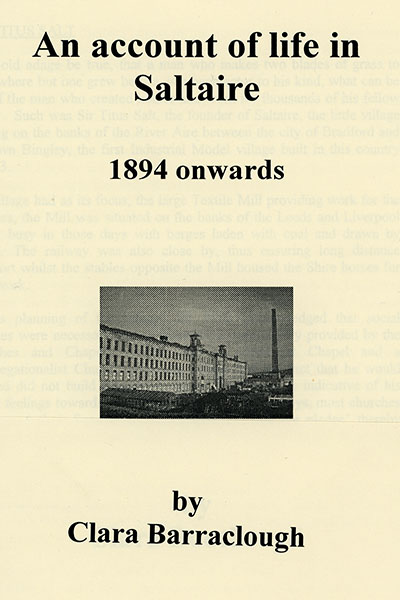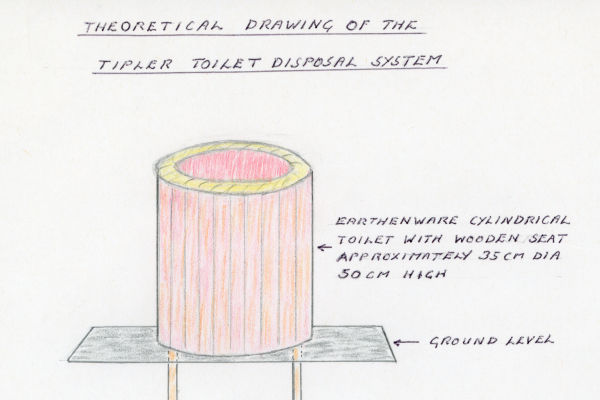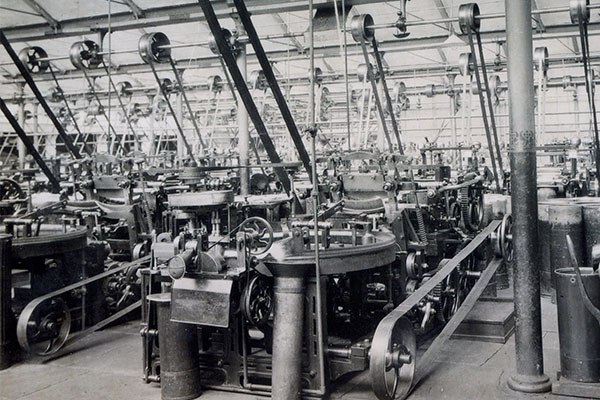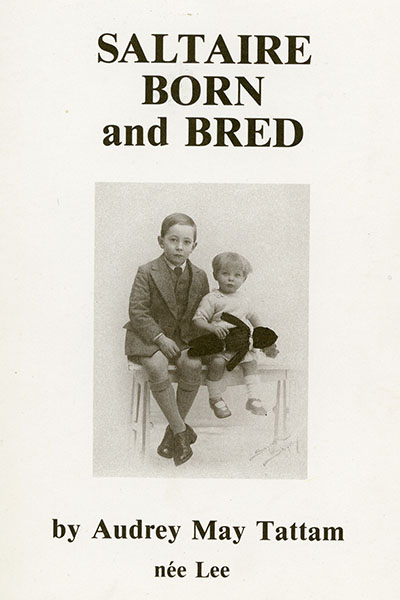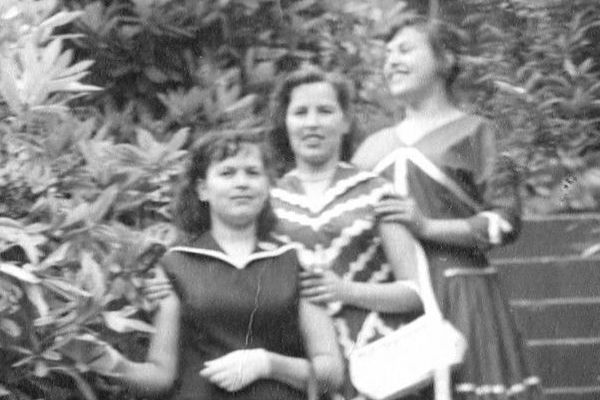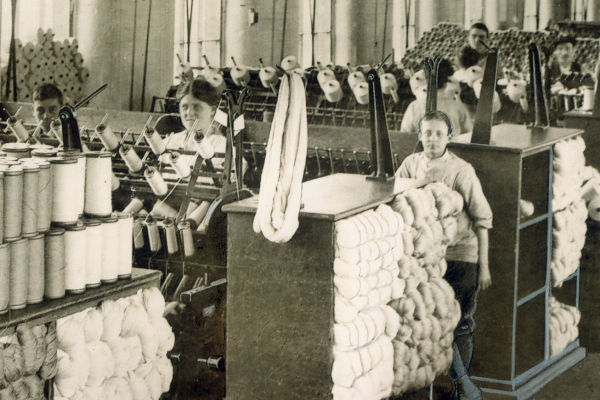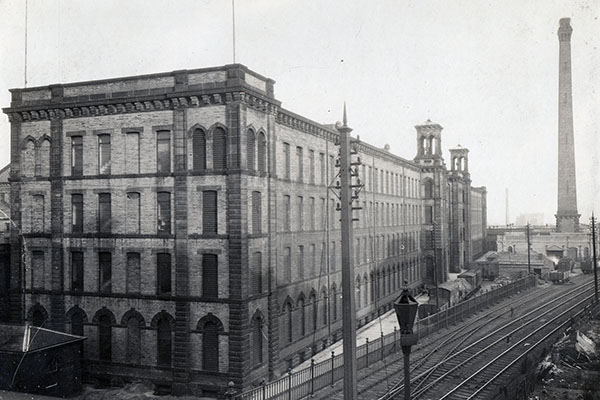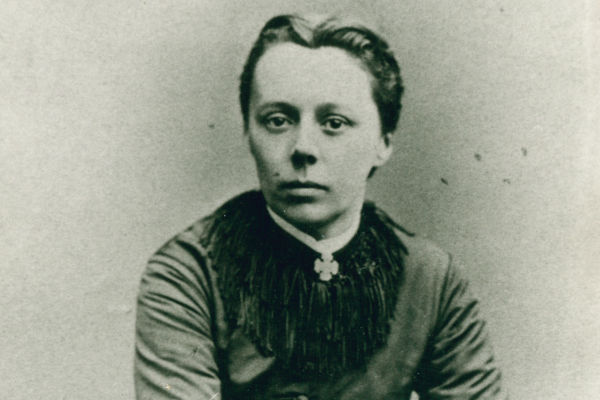Personal histories: residents of Saltaire
The Saltaire Collection contains several personal accounts of working and living in Saltaire from the late nineteenth century through the twentieth century.
Although the historical accuracy of some of the accounts can be questioned, they are true to how people perceived their time in Saltaire when living there at the time they occurred. They provide a fascinating personal insight into the story of Saltaire.
Three extracts of such accounts are below. To view the full stories please contact us.
